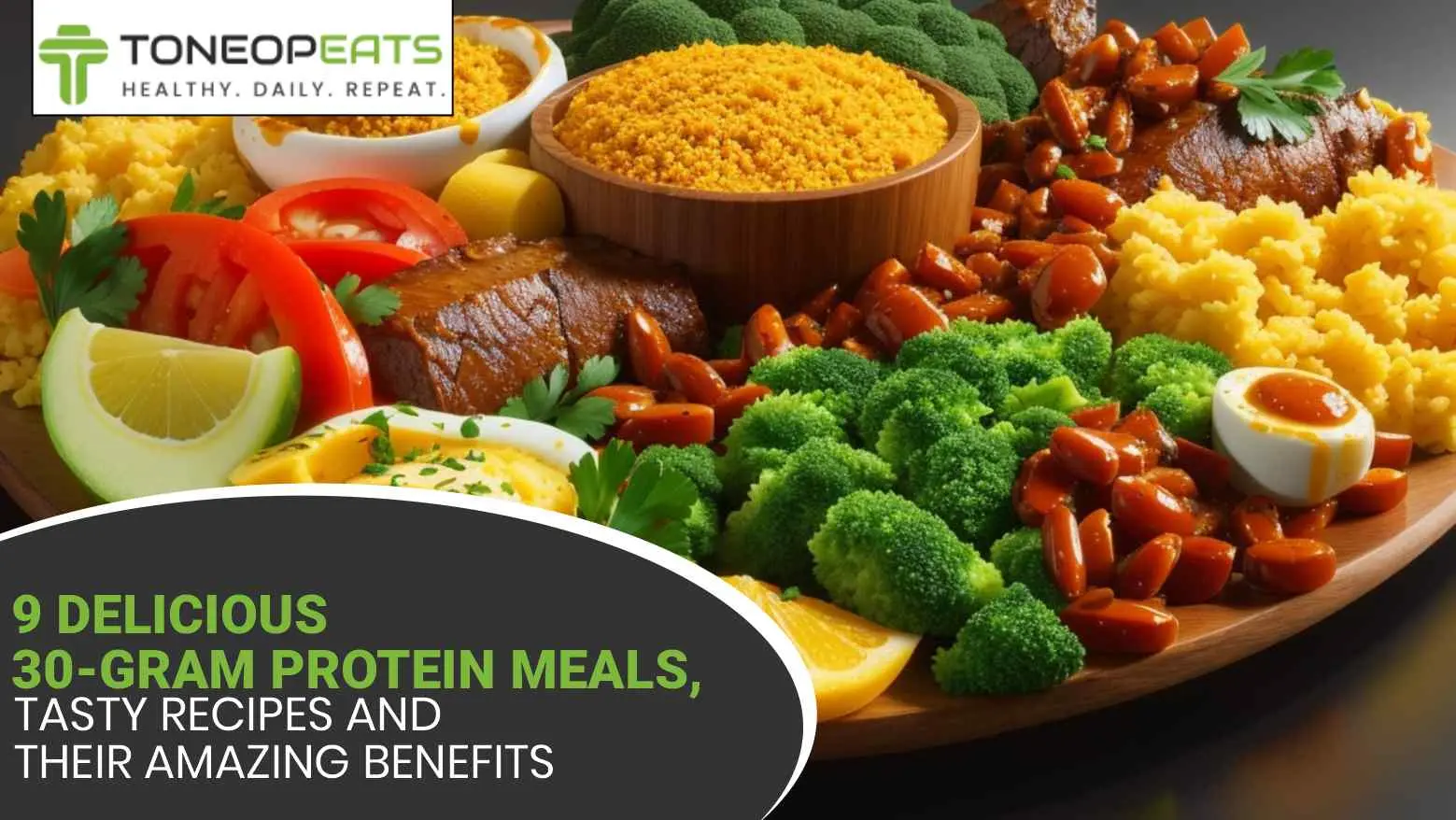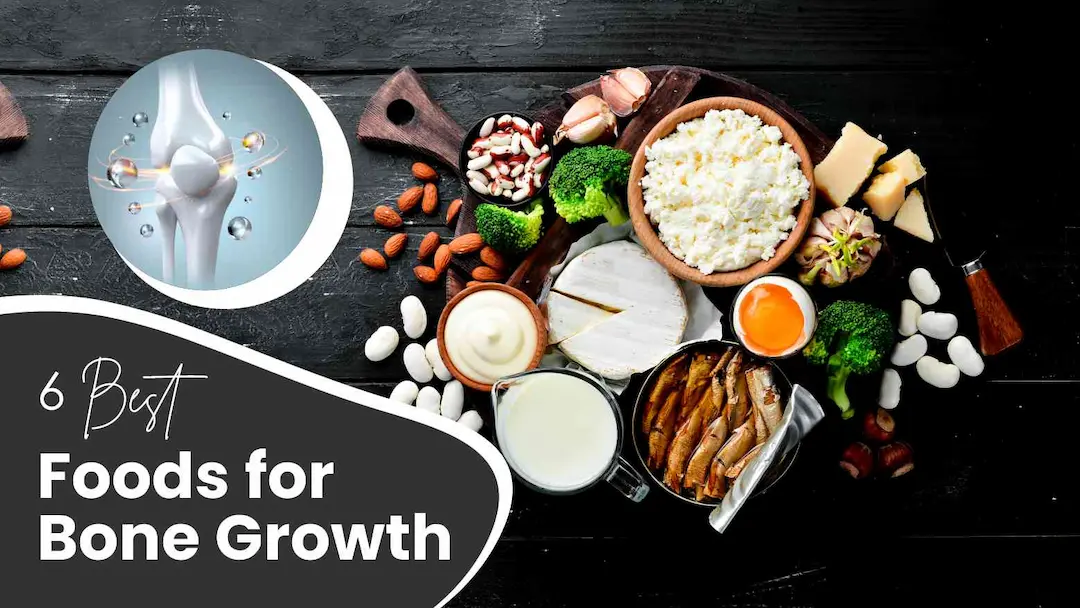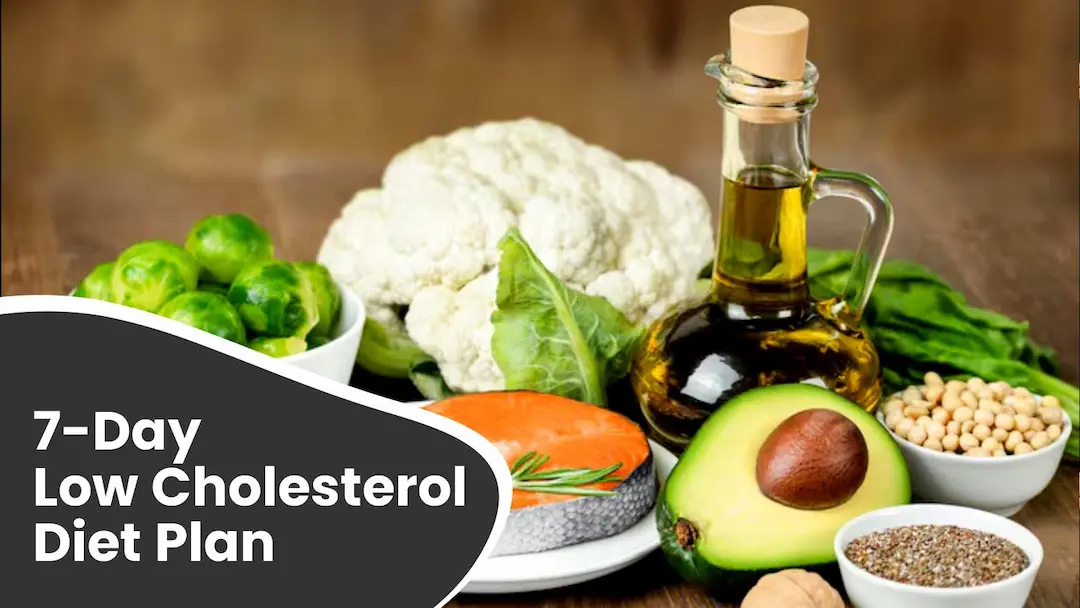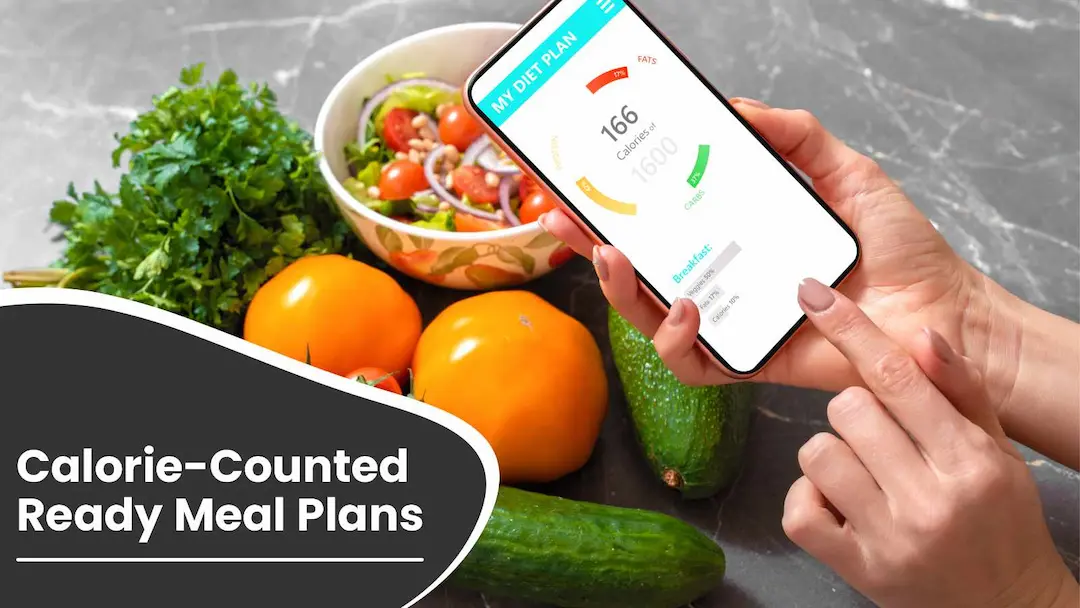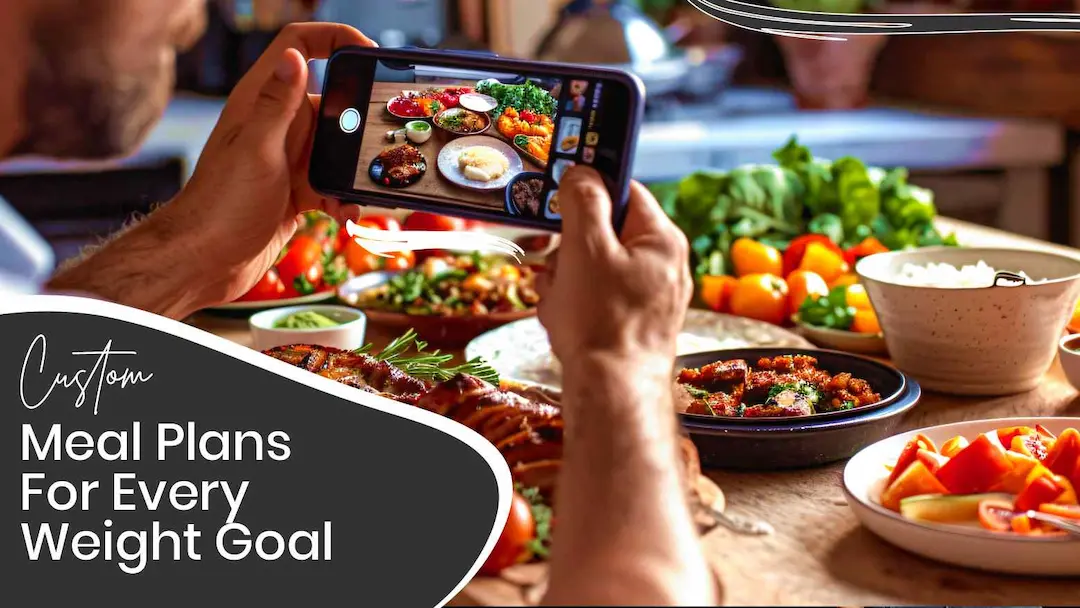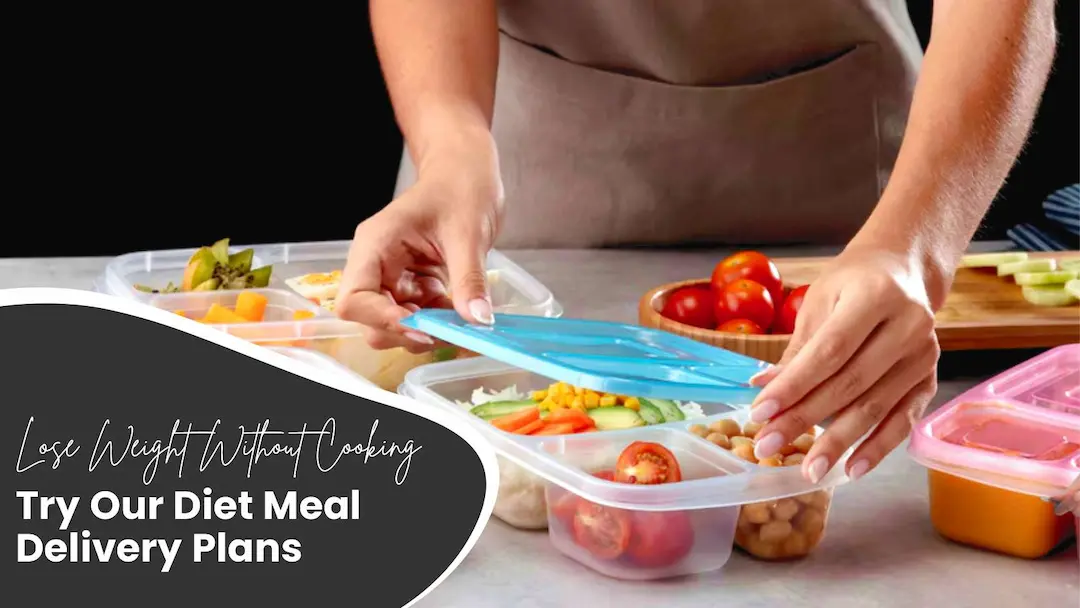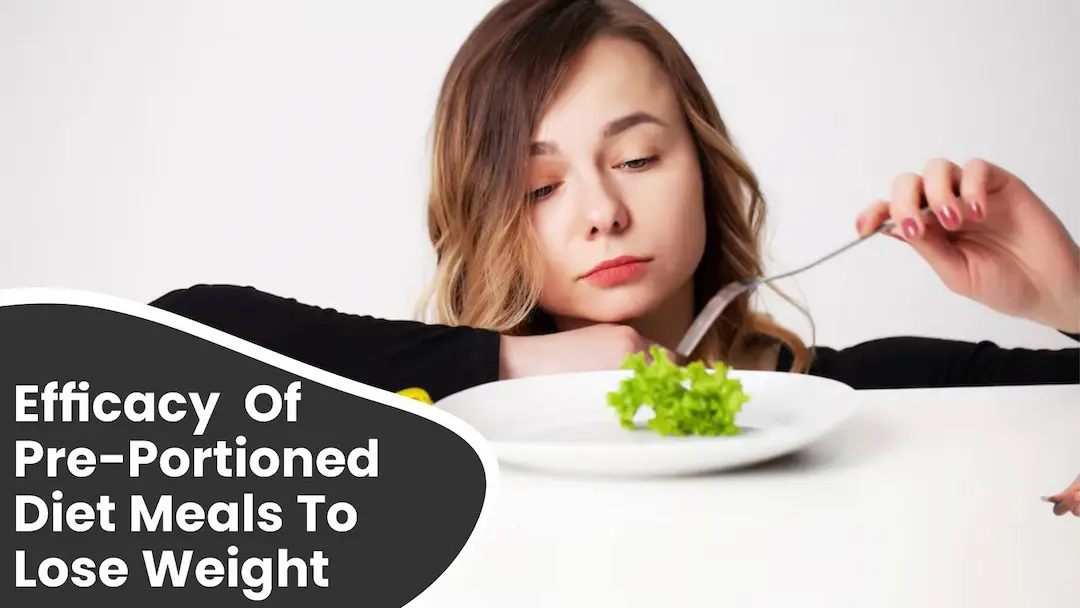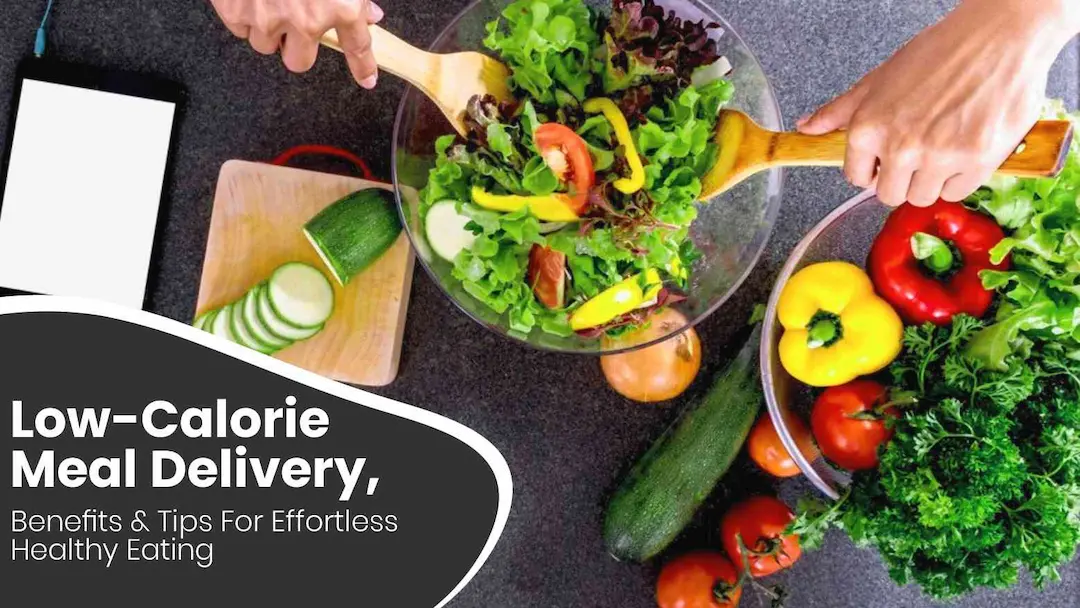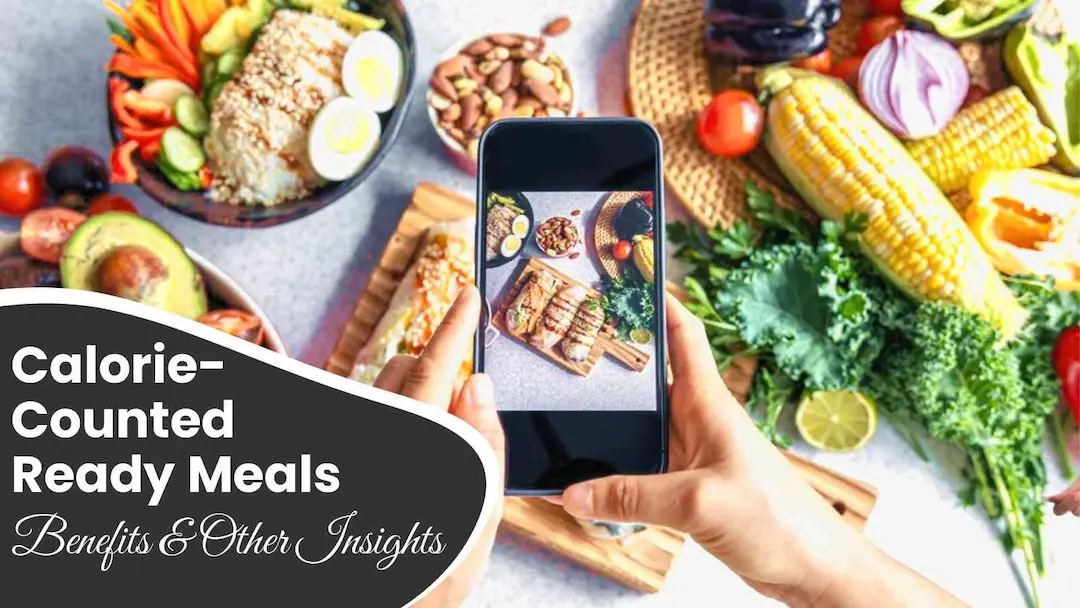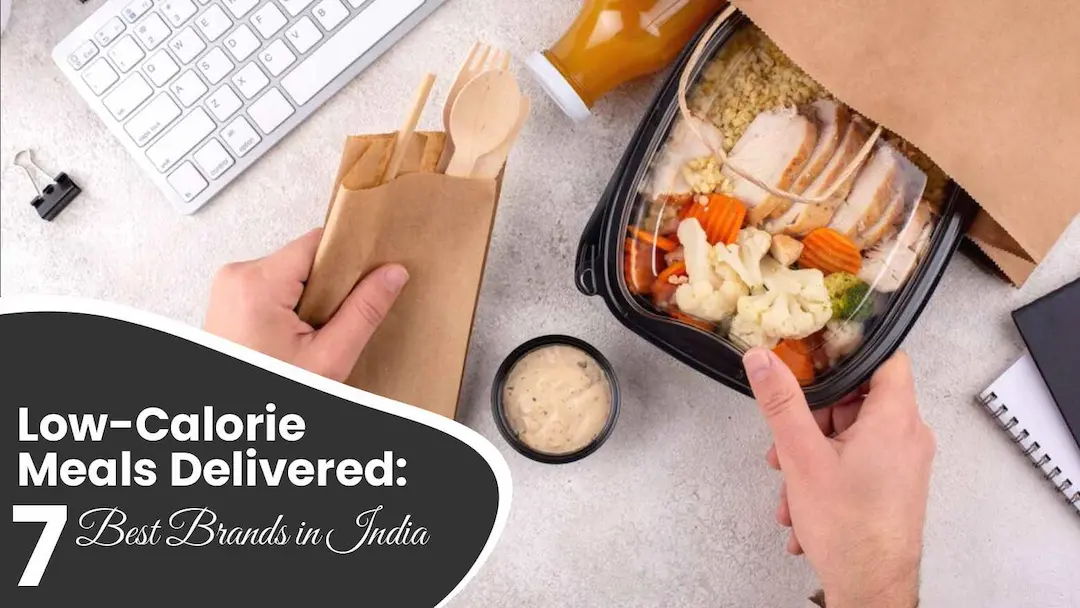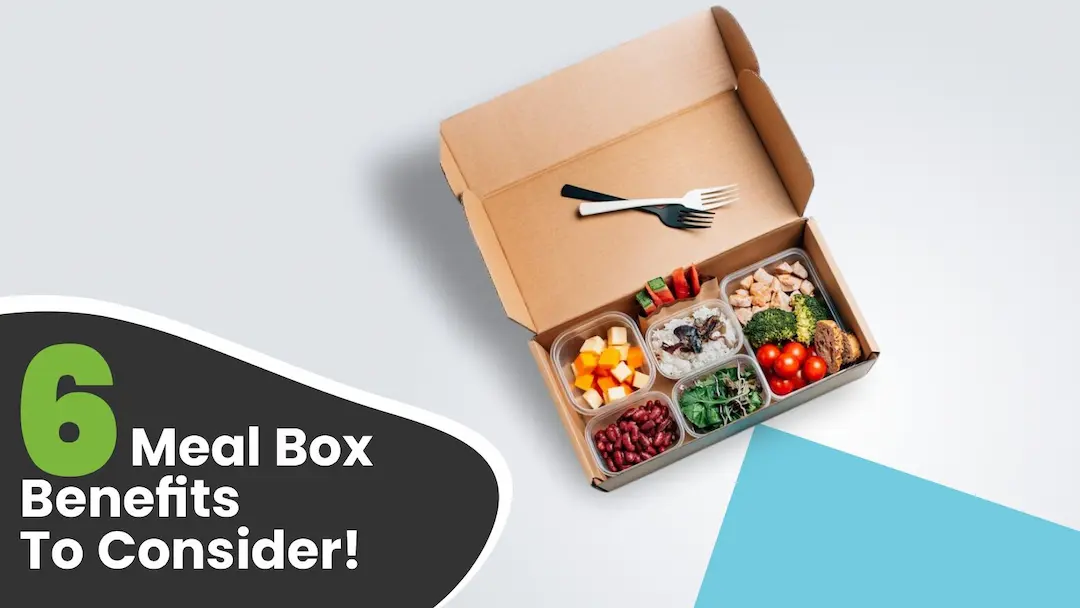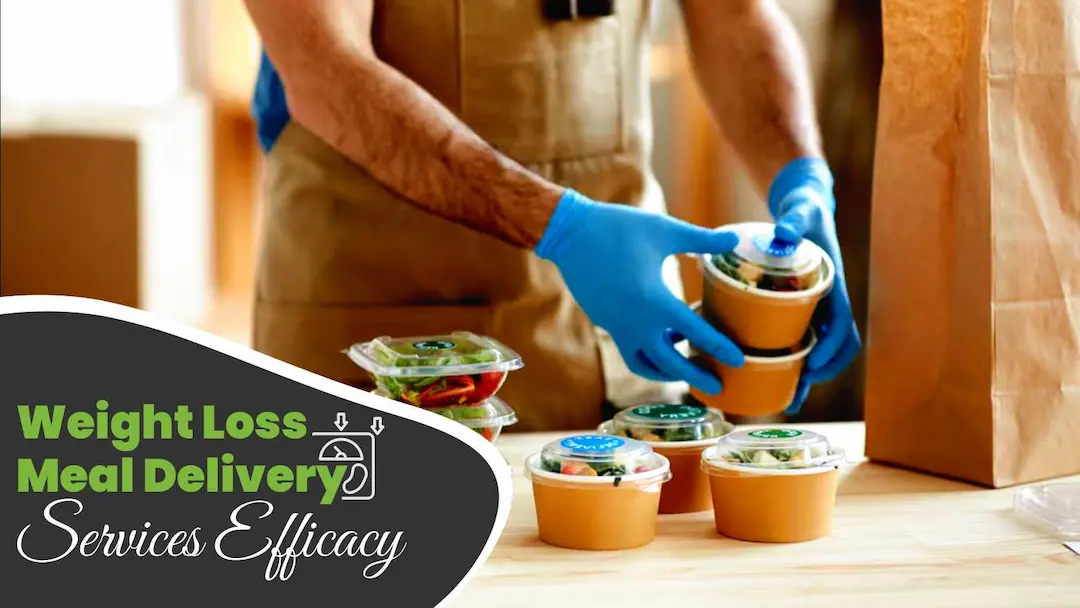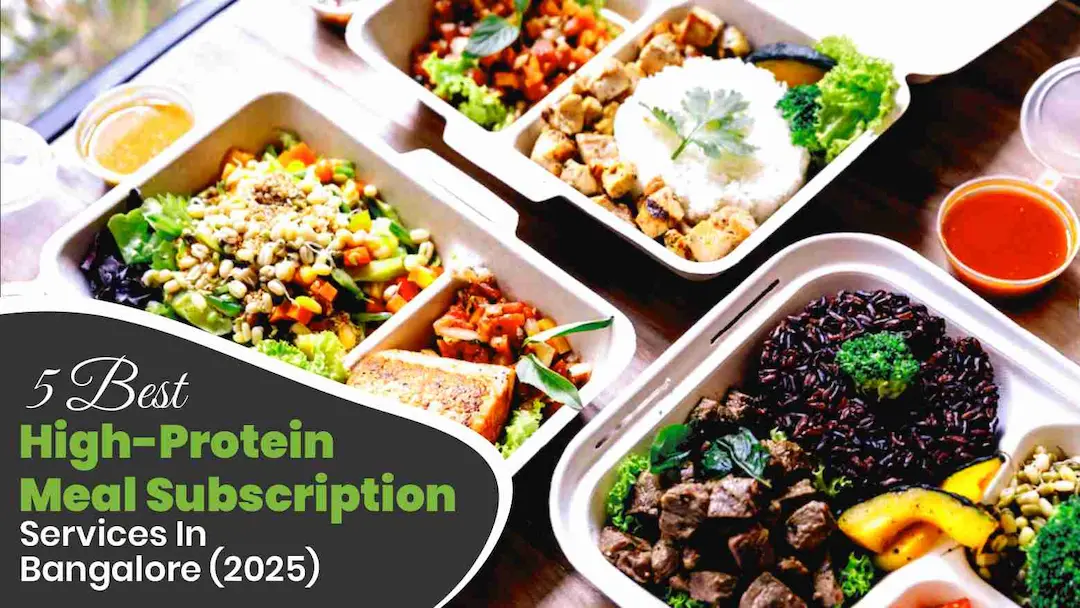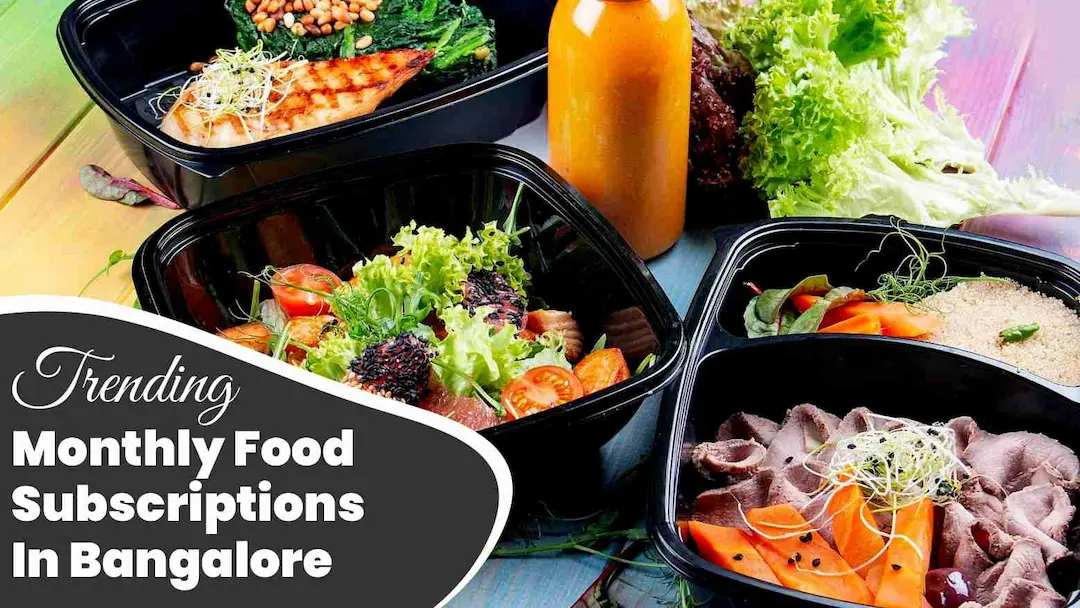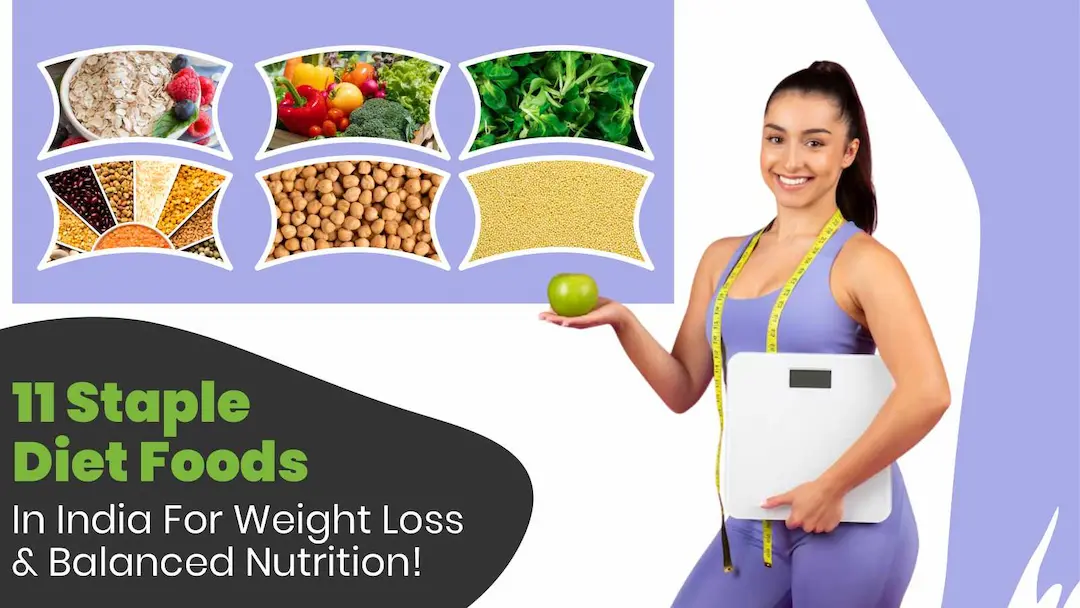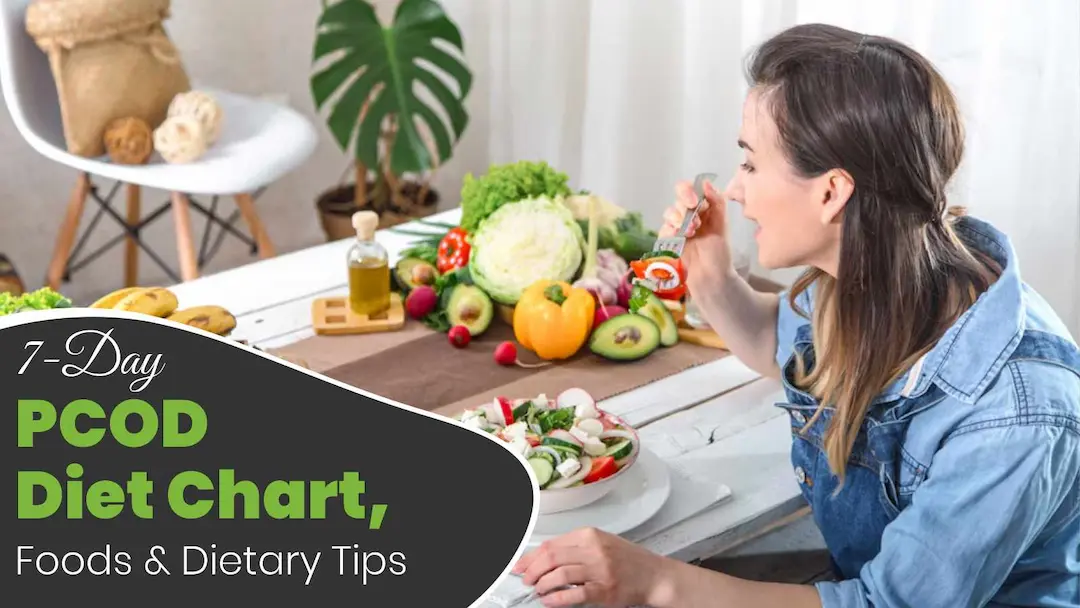Are you struggling to meet your daily protein goals without sacrificing taste or convenience? Protein-rich foods are essential for building and repairing body tissues, supporting muscle growth with amino acids, and keeping you full between meals. Often, large portions of protein are consumed at lunch and dinner, while breakfast and snacks only get a little. However, many people find having enough protein in their meals challenging throughout the day. So, to maximise muscle protein synthesis, aim to include 30 grams of protein meals.
But can you eat 30 grams of protein in one meal? And what equals 30 grams of protein? This blog covers the benefits of consuming 30 grams of protein meals. It provides a carefully curated list of delicious and easy-to-follow recipes to boost your energy levels without compromising flavour. Let's discover the best and most delightful 30-gram protein meals!
Table Of Contents
1. What Can I Eat For 30 Grams Of Protein? Check Out These 9 30 Gram Protein Meals
2. What Snack Has 30 Grams Of Protein? 2 Recipes
3. 4 Major Benefits of 30 Gram Protein Meals
4. Dietitian’s Recommendation
5. The Final Say
6. FAQs
7. References
What Can I Eat For 30 Grams Of Protein? Check Out These 9 30 Gram Protein Meals

Proteins are important for many bodily functions, including muscle repair, energy supply, immune support, and bone health. They help in weight management as well by promoting satiety and aiding metabolism. Indian dietary guidelines suggest a daily protein intake of 1g per kg of body weight for women under 70 to prevent muscle ageing.
However, specific needs may vary depending on age, activity level, and health goals. A higher protein intake can be especially beneficial for those focused on muscle building or weight loss. The guideline of 30 grams of protein per meal offers a practical target, helping ensure you meet your nutritional needs.
Consider these natural sources to get 30-gram of protein meals to help you maintain healthiness:
1. Chicken
It is a rich source of protein, with chicken breast offering a leaner option than thigh meat. Due to its high protein content and the benefits of eating chicken, it is highly recommended for muscle growth and weight management. A typical serving provides around 30 grams of protein, making it a convenient choice for those aiming to meet their protein goals without consuming excessive fat.
How to Use:
- Grill or bake chicken breasts for a healthy meal.
- Add them to salads or wraps, or serve them as a standalone dish with vegetables.
2. Salmon
Salmon is enriched with omega-3 fatty acids, essential vitamins, minerals, and protein. A 150-g portion typically provides about 30 grams of protein, making it ideal for supporting muscle health, cardiovascular wellness, and brain function.
How to Use:
- Grill or bake salmon and serve it with vegetables or whole grains for a balanced, nutrient-rich meal.
3. Tuna
Canned tuna is a convenient protein source, offering 25 grams of protein in a single 85g can. It’s simple to make and can be included in many dishes, such as salads or sandwiches, making it an accessible way to boost protein intake.
How to Use:
- Add canned tuna to salads, pasta, or sandwiches for a quick protein boost.
Also Read: What Is Lean Protein? Know 11 Foods, Sources, Benefits And Guidelines!
4. Yogurt
Greek yoghurt is rich in protein; a single cup provides around 22.5 grams. Adding nuts or increasing the portion size can easily reach the 30-gram protein mark. Yoghurt also contains probiotics, which support gut health and digestion.
How to Use:
- Enjoy yoghurt with fruits and nuts for a nutritious, high-protein breakfast or snack.
5. Eggs
Eggs are a versatile protein source, with one whole egg containing about 6 grams of protein. To reach the 30-gram mark, you can consume around 5 whole eggs or 8 egg whites. Eggs also provide vitamins B12, D, and omega-3 fatty acids, making them an excellent choice for overall health.
How to Use:
- Prepare an omelette or scrambled eggs with vegetables for a quick, protein-packed meal.
6. Cottage Cheese
It is another protein-rich option, offering approximately 28 grams of protein per cup. It is a fantastic option for bone health and muscle rehabilitation because it is low in fat and contains vital nutrients like calcium and vitamin B12.
How to Use:
- Enjoy cottage cheese as a snack, mixed with fruits, or spread on whole-grain toast.
Also Read: Learn All About A High-Protein Diet For Muscle Building & Get A 7-Day Plan!
7. Lentils And Beans
For plant-based protein, lentils and beans are excellent options. One cup of cooked lentils provides around 18 grams of protein, while beans contain about 15 grams. Combining them with quinoa or other grains can help you reach 30 grams of protein in a meal.
How to Use:
- Serve lentils or beans with quinoa or rice, or add them to soups and stews for a protein-rich, plant-based dish.
- Enjoy it as a salad and sprinkle Moringa Leaf Powder from ToneOp Care on top. This vegan, gluten-free powder offers 92 nutrients and 46 antioxidants, making it beneficial for liver, kidney, heart, and lung health.
8. Tofu
Tofu is a highly concentrated source of plant protein. Half a cup provides around 22 grams of protein, and increasing the portion to ¾ cup brings the total to about 30 grams. Because of its versatility, tofu can be used in many recipes, including salads and stir-fries.
How to Use:
- For a protein-packed vegan meal, stir-fry tofu with vegetables or add it to salads.
9. Protein Shakes
For people who are constantly on the go, protein smoothies are a practical method to get the protein they need. Protein smoothies are a great post-workout snack or meal replacement because they may easily include 20 to 30 grams of protein per serving.
How to Use:
- Blend a protein shake with milk, fruits, and spinach for a nutritious, high-protein smoothie.
- You can also use ToneOp Care’s Alfalfa Powder in your protein shake to increase your protein intake.
Also Read: 7 Benefits Of Drinking Protein Shake Before Sleep For Muscle Growth And Better Rest!
What Snack Has 30 Grams Of Protein? 2 Recipes
Try these 30-gram protein meal snacks to opt for tasty flavours:
1. Grilled Paneer Tikka
This is a protein-rich vegetarian snack that provides 30 to 35 grams of protein per serving. It is beneficial for weight loss and is also packed with flavours from spices and vegetables. Paneer offers a high protein content, making it ideal for muscle energy. This dish is also a good source of calcium, supporting bone health.
Ingredients
- Paneer: 150 g
- Yoghurt: 100 g
- Capsicum: 1
- Onion: 1
- Tomato: 1
- Ginger-Garlic Paste: 2 tsp
- Kashmiri Red Chili Powder: 1 tsp
- Chaat Masala: 1 tsp
- Roasted Jeera (Cumin) Powder: 1 tsp
- Mustard Oil: 1 tsp
- Salt: to taste
- Black Salt: to taste
- Lemon: ½
Instructions To Make:
1. Dice the paneer and vegetables.
2. In a bowl, mix yoghurt with all the spices, ginger-garlic paste, and mustard oil.
3. Add the diced vegetables and paneer to the mixture and marinate for 1 hour.
4. Heat a nonstick pan and grill the vegetables and paneer until slightly charred.
5. Serve hot with green chutney and lemon wedges.
Also Read: Grilled Chicken For Weight Loss: 3 Delicious Recipes And Benefits For A Healthier You
2. Grilled Tofu & Quinoa Salad
This salad is a power-packed vegetarian snack rich in protein and essential nutrients. It combines the plant-based protein of tofu and quinoa, offering about 30 grams of protein in one serving. Tofu maintains muscle mass and aids digestion, while quinoa is a complete protein that provides all nine essential amino acids. This snack is ideal for those looking to manage weight or fuel their bodies with clean energy.
Ingredients
- Tofu: 100 g
- Yoghurt: 100 g
- Quinoa: 50 g
- Capsicum: 1
- Onion: 1
- Carrot: 1
- Tomato: 1
- Green Chili: 2
- Coriander Powder: a few pinches
- Olive Oil: 1 tsp
- Red Chili Powder: 1 tsp
- Ginger-Garlic Paste: 1 tsp
- Jeera (Cumin) Powder: 1 tsp
- Chaat Masala: 1 tsp
- Black Pepper Powder: 1 tsp
- Salt: to taste
- Lemon Juice: 2 tsp
- Water: 1 glass
Instructions To Make:
1. In a bowl, mix yoghurt with ginger-garlic paste, red chilli powder, salt, chaat masala, and 1 tsp of lemon juice.
2. Add tofu pieces to the mixture and grill them in a pan until cooked, then shred the tofu into small pieces.
3. Dry roast quinoa in a pan, then add water and salt and cook until done.
4. In another pan, heat olive oil and sauté the vegetables for 1-2 minutes.
5. Add the shredded tofu and cooked quinoa and mix thoroughly.
6. Season with black pepper powder, lemon juice, and chaat masala.
7. Garnish with coriander leaves and serve.
Also Read: 15 Best Foods For Height Growth During Your Developmental Years!
4 Major Benefits of 30-Gram Protein Meals
Let’s discuss and understand why experts highly recommend 30-gram of protein meals:
1. Supports Healthy Muscle Growth And Function
Consuming 30 grams of protein in meals daily plays a crucial role in maintaining and growing muscle mass, especially as you age or lose weight. When trying to shed pounds, your body often breaks down muscle tissue to meet energy needs.
Adequate protein intake helps ensure the body uses fat stores for energy rather than muscle, preserving muscle strength. Protein also aids in muscle repair after exercise by supplying amino acids, the building blocks necessary for tissue regeneration and stronger muscles.
2. Aids In Weight Management
Protein is more satiating than fats or carbohydrates, which helps you feel full for longer periods. By having certain healthy Indian snacks with low calories and 30 grams of protein, you reduce the urge to snack or overeat, ultimately lowering your overall calorie intake.
Moreover, digesting protein requires more energy than other nutrients, which can increase your metabolic rate. Protein also helps slow glucose absorption, stabilise blood sugar levels, and prevent cravings for sugary or unhealthy foods, making it effective for weight management.
3. Supports Bone Health
Daily consumption of 30 grams of protein also benefits bone health by aiding the production of collagen, a vital protein that forms the structure of bones. In addition, protein supports the body's ability to retain calcium, an essential mineral for maintaining strong bones and reducing the risk of fractures or osteoporosis. A steady protein intake ensures your bones remain resilient and supported as you age.
To help your bones stay strong, you can take Bone 360 Tablets by ToneOp Care, which have a mix of nutrients like calcium, magnesium, vitamin D, zinc, and alfalfa. These nutrients can help strengthen your bones and muscles, reduce joint pain, and improve bone density and flexibility.
4. Helps Balance Hormones
Protein contains essential amino acids that contribute to producing and regulating various hormones, including testosterone and growth hormones. A consistent intake of 30 grams of protein daily helps ensure your body has the necessary materials to synthesise these important hormones, promoting balance and proper functioning of metabolic processes, muscle growth, and wellness.
Also Read: 5 Benefits Of Grilled Paneer For Weight Loss And 3 Healthy Diet Recipes!
Dietitian’s Recommendation
Protein-rich foods play an important role in your daily diet. They provide amino acids to build and repair body tissues and help keep you full between meals. Eating protein can help curb cravings and help you manage your weight. Protein provides the amino acids needed to support muscle growth and regeneration for athletes and active people. So, try out these recipes!
Dt. Lavina Chauhan
The Final Say
Therefore, having 30-gram protein meals offers many health benefits, from nourishing your muscles and promoting healthy skin, hair, and nails to supporting your immune system, hormone production, and blood sugar balance. While the ideal portion of protein varies, aiming for 1.6 grams per kilogram daily and spreading protein intake is a solid starting point. So, follow these easy-to-prepare recipes to achieve your protein goals and have a transformative protein-rich diet.
FAQs
1. How do you get 30g of protein per meal as a vegetarian?
Many nutritious vegetarian options help you reach your 30g protein goal per meal. Beans, lentils, tofu, tempeh, cottage cheese, Greek yoghurt, nuts, seeds, and quinoa are all natural sources of plant-based protein. So, with a good serving of 1-3 protein-rich foods, you can easily meet your 30g protein target.
2. How much is 30g of protein in a teaspoon?
A teaspoon holds around 5 grams of protein powder. Therefore, to consume 30 grams of protein powder, you must use approximately 6 teaspoons. However, it's important to note that the exact portion varies with the density of the protein powder. Using a scoop provided with the protein powder is generally recommended to ensure accurate measurements.
References
- https://www.onepeloton.com/blog/high-protein-snacks/
- https://www.mensjournal.com/health-fitness/how-get-30-grams-protein-every-meal#gid=ci02b8d0da900c2491&pid=breakfast-1---greek-yogurt
- https://www.bbcgoodfood.com/health/special-diets/20-high-protein-vegetarian-foods
About ToneOp Eats
ToneOp Eats is your go-to health kitchen, delivering nourishing meals in Bhopal, Indore & Bangalore. The meals are prepared with strategically planned nutrition and portions for your health goal. With just three simple steps, you can subscribe to a meal plan for weight loss, muscle gain, or balanced diet goals. Experience the perfect blend of taste and wellness in our nutrient-dense and calorie-counted range of meals, including protein-rich grills and meal bowls, full of fibre salads & smoothies, workout-friendly protein 30,40,50 meals and refreshing juices.







